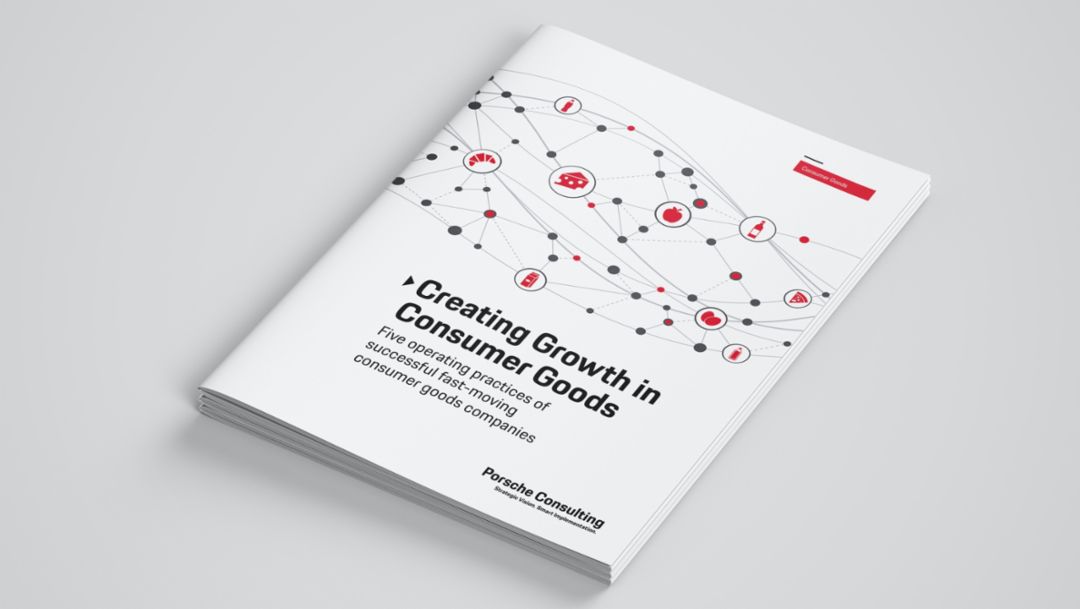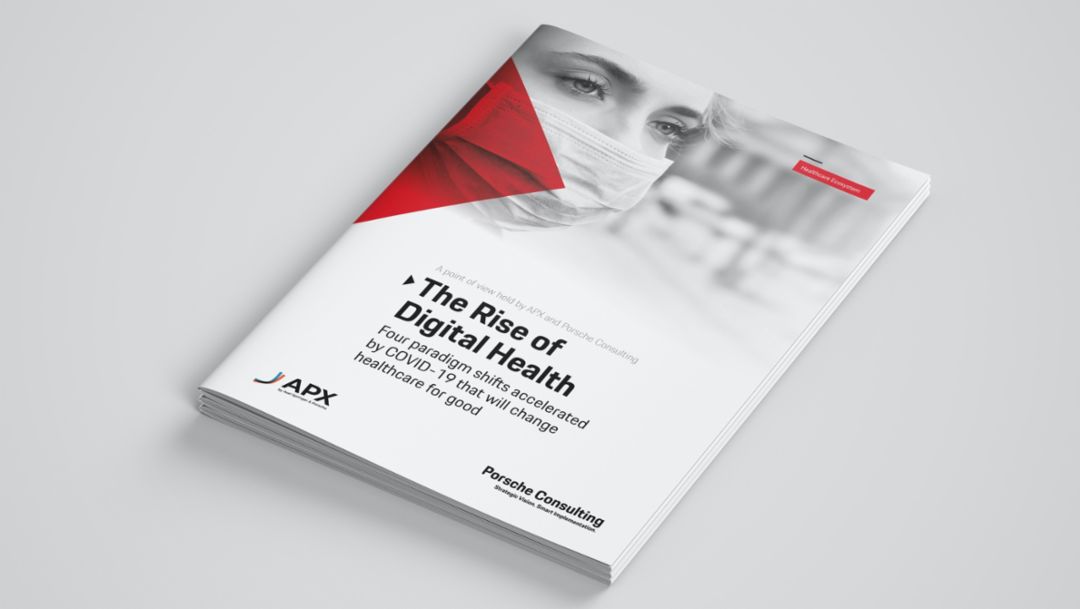Consumer goods: Know your customers and please them with the right products
“The Covid-19 crisis harbors a number of opportunities—and for the consumer goods sector, these can even outweigh its challenges. It has highlighted and amplified a number of existing trends. Companies that had already developed a high degree of digital expertise were considerably quicker at shifting their businesses online, and now have an overall edge over the competition. For many of them, the crisis has meant switching to more direct customer contact via online shops or social media.
Moreover, the extreme situation has clearly shown which products in their portfolios are truly of relevance to their customers. Both these factors are helping companies understand their customers better and ultimately provide better products. In addition, greater calls for sustainable economic management have made noticeable inroads into procurement strategies and supply chains.
Companies in the consumer goods sector should now focus primarily on anchoring the changes they have made and integrating them into a new normal. That requires the courage to develop greater customer centricity, to accelerate the digital transformation, and to consistently professionalize processes not only in their operations but also in their administrative areas. An openness to change and the ability to generate a spirit of optimism are essential for bringing a transformational process to fruition. For this reason, too, now is an ideal time for companies to make themselves fit for the future. To do so, they need to critically examine and realign their brand positions as well as their values.
One thing is certain: the consumer goods sector will not be the same after the coronavirus. Customer centricity, digitalization, direct sales, multi-channel capacities, and sustainability have become uncontestable conditions for entrepreneurial success. The future of the sector will be shaped by companies that know the value of information, and use it to give their products even greater importance and meaning.”
Do’s and don’ts
Consumer goods companies
+ Take advantage of readiness for change: Now is the time to transform!
+ Focus on essentials: Declutter product portfolios to increase their relevance.
+ Know your customers: Customer centricity can only be achieved on the basis of interconnection and data.
– Postpone risk: Waiting around will only allow problems to get bigger.
– Fail to develop skills: Employees need the right resources to handle new developments.
– Indulge in false security: Knowledge, not assumptions, about customer desires is what keeps companies competitive.
Financial sector: Reduce costs and create digital customer journeys
“The Covid-19 crisis has affected companies in the financial sector very differently. Banks are burdened with greater risk provisions and loan defaults—especially in Europe, where many financial institutions were already reporting declining results over recent years due to low interest rates. For them, the need to reduce costs is now more important than ever. At the same time, digital services and processes are helping to resize branch office networks and administrative areas. With video consultations, virtual payment options, and paperless processes, the trend toward digitalization has accelerated as a result of the coronavirus.
What’s important for financial service providers is not to provide new individual applications but instead to create complete and high-quality digital customer journeys—without any breaks or gaps in the work flows. Purely digital companies with well-integrated fintech solutions have an advantage over traditional establishments here. Savings institutions and commercial banks therefore need to devote even greater efforts to placing a comprehensive focus on their customers and communicating with them in even more interactive ways than before. It’s also important for them to draw on the customer bases they have often built up over years, including the associated trust in their institutions, to guide customers into a new world in which digitalization is now the standard state of affairs.
In contrast to banks, insurance companies need not fear sudden major losses in existing contracts. But they too are seeing declines, such as lower payments toward private insurance policies. Even when the demand for insurance rises in the future, it will be met over the long term by companies able to orient their digital services entirely to the needs of their customers.
Also of note in connection with the coronavirus is the fact that skyscrapers and enormous building complexes, which are emblematic of financial districts everywhere, are becoming increasingly less meaningful. Many companies have now realized that working from home is a viable option—and the corollary to that is a substantially lower need for office space at their premises.”
Dos & don’ts
Banks and financial service providers
+ Increase customer proximity: Know and understand real needs.
+ Digitalize end-to-end: Create processes without breaks or gaps.
+ Reduce costs: Adapt structures to changes in customer behavior.
– Opt for inaction: Long-term trends will affect all companies.
– Miss opportunities to communicate: Addressing customers directly is an underutilized practice.
– Set false priorities: Gimmicks won’t help – instead, digitalize core processes.
Restructuring in mechanical engineering, new heights in healthcare
“The disruption in the global economy has hit companies in mechanical and plant engineering hard. Even before the pandemic, the sector was struggling with faltering exports and challenges associated with digitalization and electrification. Numerous areas have now seen a drop in demand, from production machines for consumer goods to machine tools for the automotive and aviation industries. Many mechanical and plant engineering companies are anticipating a decline in order levels of 30 percent and more. They will have to substantially lower their costs and capacities.
One hopeful note is that the sector was able to recover well from the global financial and economic crisis as of 2009. But a rapid return to pre-Covid levels is not expected. Restructuring programs will therefore become standard practice. It will also be necessary to foster innovations, develop new products and services, and vary fixed costs and supply chains.
In the construction and infrastructure sector, long lead-up times mean that order books are still largely full until at least the end of 2020. The outlook is clouded, however, especially for commercial projects. Demand for housing continues at a high level, which suggests the construction sector could recover as early as next year. Government investments in infrastructure provide a solid basis in many countries.
The picture is completely different in the medical technology and pharmaceutical industries. Many of the companies providing essential goods have reported growth of 5 to 10 percent in the wake of the pandemic. Although this level will not persist over the long term, the market will continue to show greater attention to the healthcare sector as a whole and the high potential of new technologies. Companies that see themselves as part of the healthcare 'ecosystem' and can therefore serve the full range of patient needs by developing suitably integrated and connected products and services will be out in front.”
Do’s and don’ts
From industrial goods to the healthcare sector
+ Foster innovations: The future will be marked by sustainability, digitalization, and automation.
+ Take an ecosystem approach: The focus is not on medical products as such but on patients.
+ Find new business models: Platforms and digital solutions are needed.
– Delay in mechanical engineering: Right-sizing and restructuring are crucial.
– Focus on raising prices: Greater efficiency will enable companies to win medication price wars.
– Slow construction: Demand for housing is high, but the sector is low in innovations.
Info
Text first published in Porsche Consulting Magazine.










